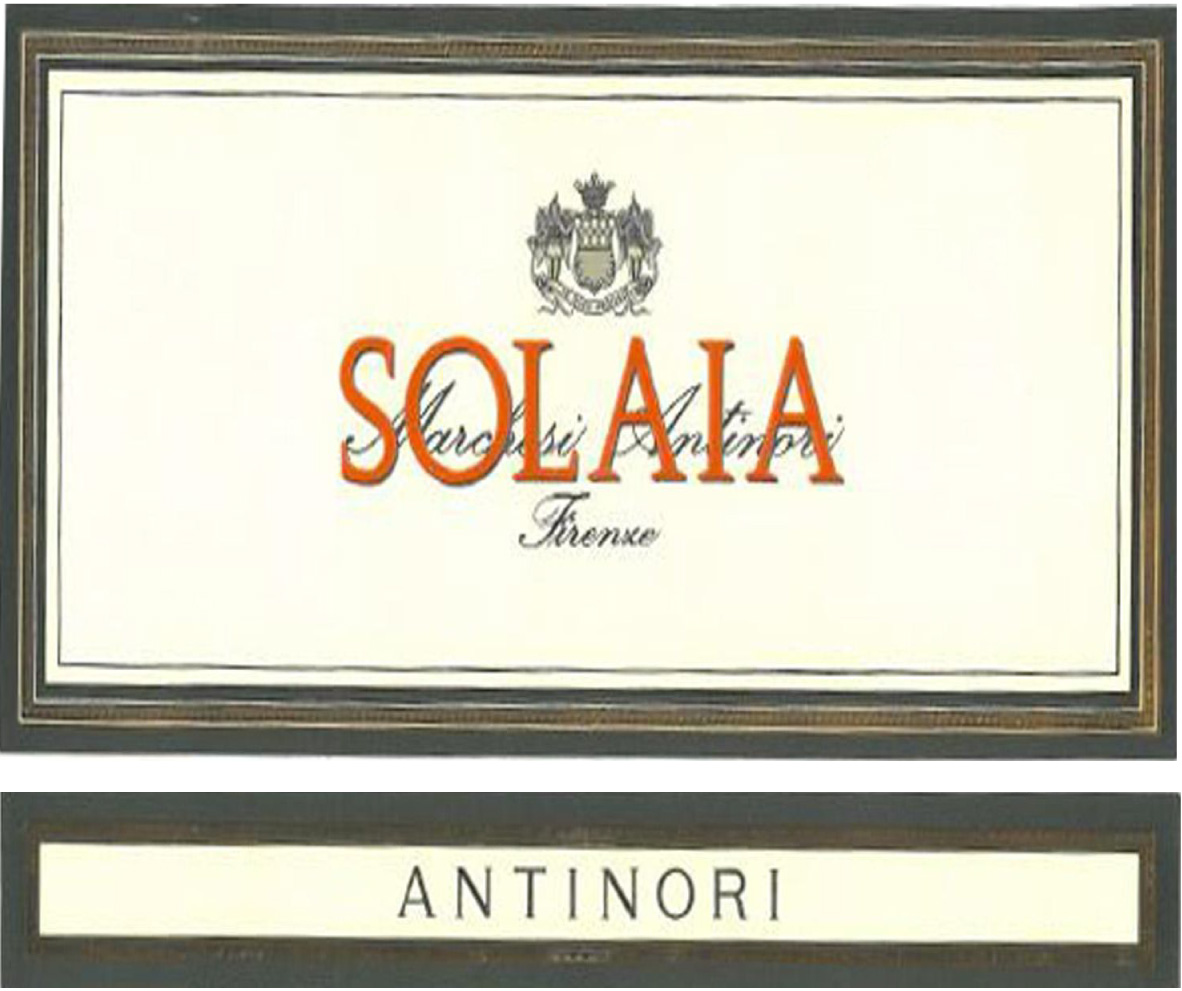Solaia - by Piero Antinori
2010
Producer
Grand Cru Classe Bordeaux
Blend
5% Cabernet Franc
75% Cabernet Sauvignon
20% Sangiovese
75% Cabernet Sauvignon
20% Sangiovese
Country
Italy
Region
Tuscany
UPC
0 15643 51745 7
Vinification
Picking began in late September under generally warm and sunny conditions; occasional rain was followed by strong north winds which dried the grapes, and the alternation of cool nights and warm days was of further assistance to the quality of the crop. The harvest began with Cabernet Franc in
late September, continued with Sangiovese in early October, and concluded with the Cabernet Sauvignon in mid-month. The healthy bunches, the richness of color and aroma, and excellent varietal character were all signs of high level grapes, thanks of a very long growing season. On their arrival in the cellars, the grapes were first destemmed and then, before pressing, selected on the sorting table; here attention to detail was at maximum levels and berries which were not completely ripe, an exception in this vintage, were discarded and only perfect ones wound up in the fermentation tanks. The must was slowly transformed into wine in the conical oak fermenters, and the fermentation and maceration was carried out with the maximum attention to the freshness of the aromas, the extraction of color, and a handling of the tannins programmed for softness and elegance. All of this required great sensitivity, a full knowledge of the grapes which were being worked, and a constant and careful attention to the fermenting wine, which was only run off its skins after attentive daily tastings. Once the skins were separated from the juice the wine was moved towards the malolactic fermentation, which took place in small oak barrels to give greater finesse and future drinking pleasure. The aging process then began and lasted eighteen months in
French and Hungarian oak; during this period the various lots, fermented and aged separately according to the grape variety and the other variables (vineyard plot, ripeness, character), completed their aging and were assembled a few months before bottling.
Tasting notes
A deep ruby red in color, the wine was also endowed with expressive varietal aromas and sweet notes of red berry fruit and spices. The long, cool growing season was perceptible in the full ripeness of flavor, the ample and supple structure, and the elegance and admirable balance. The sustained finish and aftertaste echoed the fragrance first felt on the nose.
Historical data
Solaia, a twenty hectare (50 acre) vineyard of the Tignanello estate with a southwestern exposure, is situated at 350-400 meters (1175-1325 feet) above sea level on a soil of calcareous rock (known as alberese in Tuscany). The Marchesi Antinori firm produced this wine for the first time in the
1978 vintage with an initial blend of 80% Cabernet Sauvignon and 20% Cabernet Franc, a blend repeated again in 1979. In the following vintages 20% of Sangiovese was added to the Cabernet grapes and the ratio of Cabernet Franc to Cabernet Sauvignon was changed in order to create a wine which has now become definitive in its various composing elements. Solaia is only produced in superior vintages and was not produced in 1980, 1981, 1983,1984, and 1992.
Climate
Ample rainfall, cold temperatures, and periodic snowfall characterized the winter of 2010 in Chianti Classico and led to a sustained period of repose in the vineyard and a delayed bud break. Regular rainfall continued during the spring as well and, along with lower than average temperatures, continued to delay vine growth and development. True summer weather only began in July, and the high temperatures and a completely dry climate
assisted in recovering the ripening time previously lost. Cooler weather in late July and August, then once again slowed ripening and color change in the grapes and made it necessary to limit production per vine and assure that grape bunches be healthy possible.

